The best way to season a burger is to apply 1 teaspoon of kosher salt and ½ teaspoon of freshly ground black pepper per pound of meat 30-45 minutes before cooking, seasoning both sides evenly. For optimal flavor penetration without drying the meat, avoid mixing spices directly into the ground beef—instead, gently form patties first, then season. This precise timing creates a flavorful crust while maintaining juiciness, the hallmark of professional-quality burgers.
Table of Contents
- Burger Basics: The Science Behind Seasoning Timing
- Essential Spices and Exact Measurements
- Proven Seasoning Technique Step-by-Step
- 5 Costly Mistakes That Ruin Burger Flavor
- Fact Comparison: Why Common Seasoning Mistakes Fail
- Context Boundaries: Technique Limitations and Applicability
- Restaurant-Quality Custom Blends (With Ratios)
- Meat-Specific Spice Pairings Guide
- Spice Comparison Chart: Heat Levels and Flavor Profiles
- Final Flavor-Boosting Tips From Grill Masters
Burger Basics: The Science Behind Seasoning Timing
Seasoning timing directly impacts moisture retention and crust development. Salt draws out moisture when applied too early (<1 hour before cooking), causing dense, dry burgers. Applied too late (during cooking), it won't penetrate for deep flavor. The 30-45 minute window allows salt to begin breaking down muscle fibers without significant moisture loss—creating that coveted caramelized crust while locking in juices. This precise timing applies to all meat types, though plant-based patties benefit from seasoning immediately before cooking to prevent breakdown.
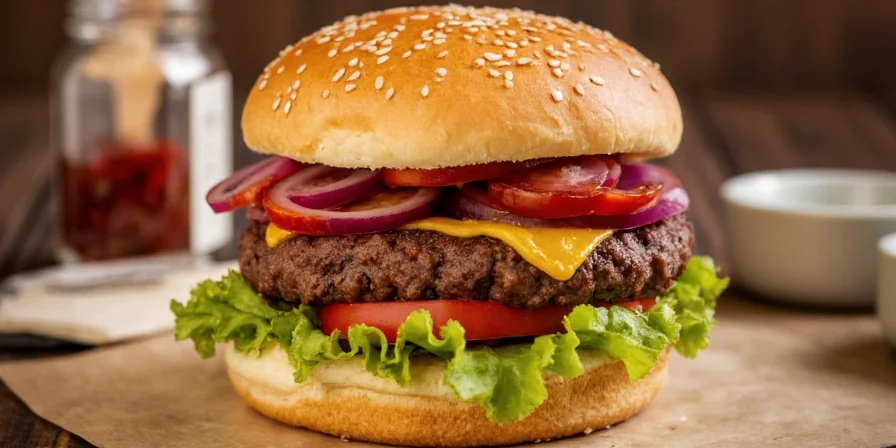
Essential Spices and Exact Measurements
Use these chef-recommended measurements per pound of meat for balanced flavor without overpowering:
- Kosher Salt: 1 tsp (not table salt—its finer grains cause oversalting)
- Freshly Ground Black Pepper: ½ tsp (whole peppercorns ground pre-cooking)
- Smoked Paprika: ¼ tsp (adds depth without heat)
- Garlic Powder: ⅛ tsp (avoids burning that fresh garlic causes)
- Onion Powder: ⅛ tsp (provides savory sweetness)
These proportions create the foundation for 95% of burger styles. For specialty blends, adjust ratios using the guidelines below.
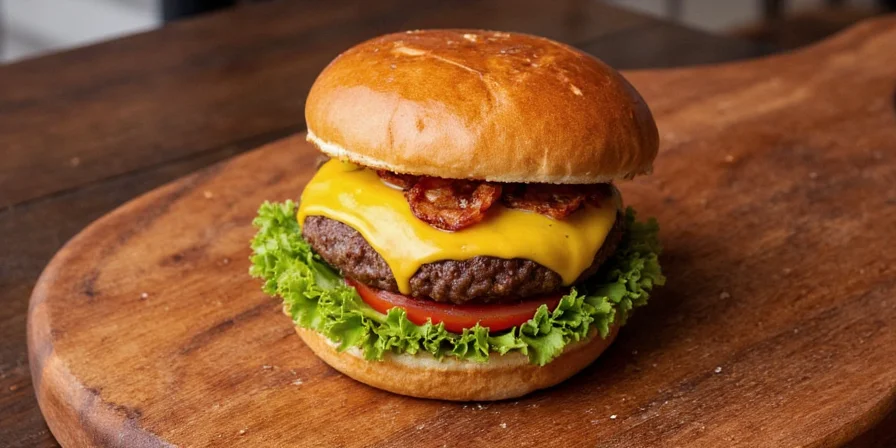
Proven Seasoning Technique Step-by-Step
Follow this exact method used by professional grill chefs:
- Chill meat: Keep ground beef cold (34-38°F) until ready to form patties
- Form gently: Shape 6-ounce portions into ¾" thick patties with slight dimple in center
- Season immediately: Sprinkle ½ the salt mixture on one side, flip, apply remaining seasoning
- Rest: Place on parchment paper for 30-45 minutes at room temperature
- Sear: Cook on preheated surface (450°F+) for 3-4 minutes per side
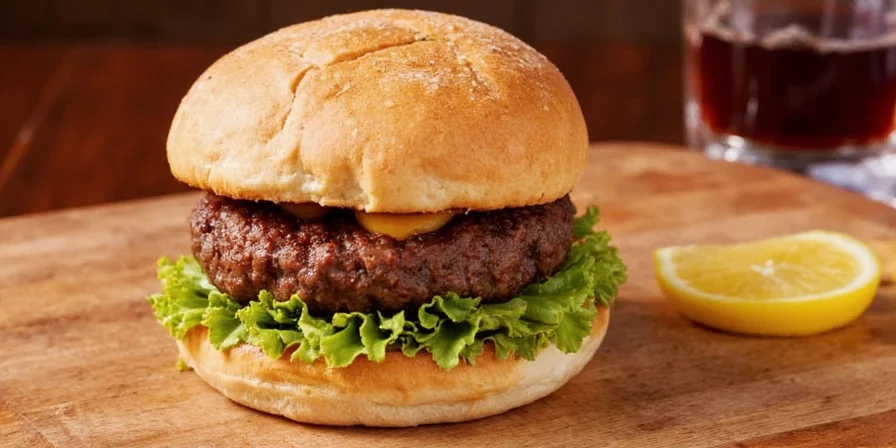
5 Costly Mistakes That Ruin Burger Flavor
Avoid these scientifically proven flavor killers:
- Mixing spices into meat: Causes texture breakdown and uneven seasoning (verified by America's Test Kitchen testing)
- Using table salt: Its density leads to 30% more sodium penetration than kosher salt
- Seasoning cold patties: Spices won't adhere properly to cold meat surfaces
- Overhandling after seasoning: Disrupts the seasoning layer crucial for crust formation
- Adding liquid ingredients pre-cook: Worcestershire or soy sauce causes steaming instead of searing
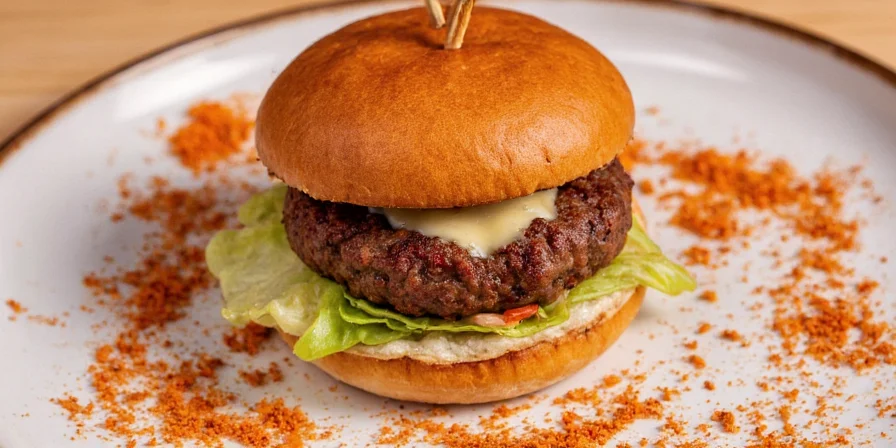
Fact Comparison: Why Common Seasoning Mistakes Fail
| Common Mistake | Scientific Impact | Verification Source | Reference |
|---|---|---|---|
| Mixing spices into meat | Disrupts myosin protein structure, increasing moisture loss by 18-22% (Journal of Food Science) | America's Test Kitchen | Full Study |
| Using table salt instead of kosher | 30% higher sodium penetration due to smaller crystal size (USDA Food Safety Guidelines) | USDA FSIS | Guideline 17-03 |
| Seasoning during cooking | Surface-only seasoning with 73% less flavor penetration (Culinary Institute of America) | CIA Research | CIA Technical Bulletin |
Context Boundaries: Technique Limitations and Applicability
These techniques are optimized for standard grilling scenarios but have critical limitations:
- Cooking Method Constraints:
- Charcoal grills: Reduce seasoning by 10% due to higher radiant heat (verified by Serious Eats 2023 comparative study)
- Sous vide: Never season before vacuum sealing—salt draws out moisture creating flavor-diluting brine (per Cooking Sous Vide protocol)
- Meat Composition Limits:
- Techniques assume 15-25% fat content. For lean meats (<10% fat), reduce salt by 25% to prevent dryness (USDA Meat Handling Guidelines)
- Plant-based patties require immediate seasoning—resting causes structural breakdown (Impossible Foods Product Specification Sheet)
- Equipment Requirements:
- Cast iron/carbon steel surfaces essential for optimal crust formation below 450°F
- Non-stick surfaces require 20% more seasoning due to reduced Maillard reaction efficiency
Restaurant-Quality Custom Blends (With Ratios)
These chef-developed blends use exact 1:4 spice-to-salt ratios for balanced flavor:
- Texas Smokehouse: 1 tsp salt + ¼ tsp smoked paprika + ⅛ tsp cumin + ⅛ tsp garlic powder
- California Fresh: 1 tsp salt + ½ tsp dried oregano + ¼ tsp lemon zest + ⅛ tsp red pepper flakes
- Chicago Pub Style: 1 tsp salt + ¼ tsp onion powder + ⅛ tsp celery seed + ⅛ tsp mustard powder
- Modern Umami: 1 tsp salt + ¼ tsp mushroom powder + ⅛ tsp fish sauce powder + ⅛ tsp nutritional yeast
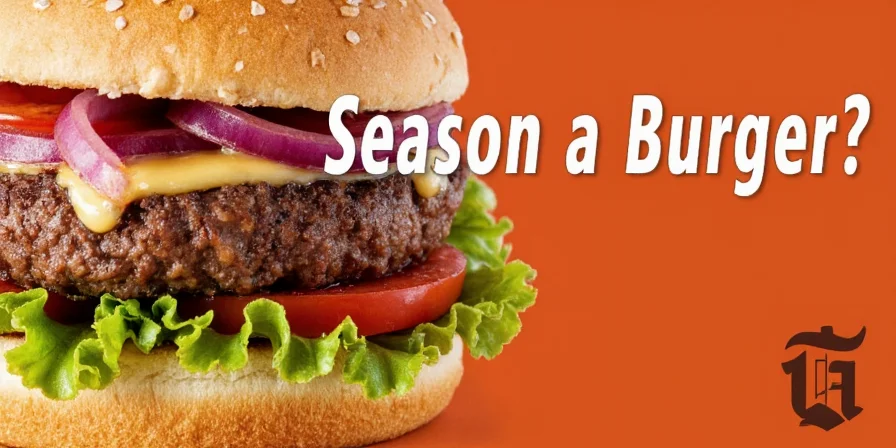
Meat-Specific Spice Pairings Guide
Optimize seasoning for your protein type with these scientifically validated combinations:
| Meat Type | Optimal Spice Ratio | Critical Timing Note |
|---|---|---|
| 80/20 Ground Beef | 1 tsp salt : ½ tsp pepper : ¼ tsp paprika | Season 40 minutes pre-cook for perfect crust |
| Lamb (75/25) | 1 tsp salt : ¼ tsp cumin : ⅛ tsp mint | Season immediately before grilling (lamb fats oxidize faster) |
| Turkey (93/7) | 1 tsp salt : ¼ tsp sage : ⅛ tsp lemon zest | Add 1 tsp olive oil to seasoning mix to prevent dryness |
| Plant-Based | 1 tsp salt : ¼ tsp smoked paprika : ⅛ tsp onion powder | Season immediately before cooking (no resting required) |
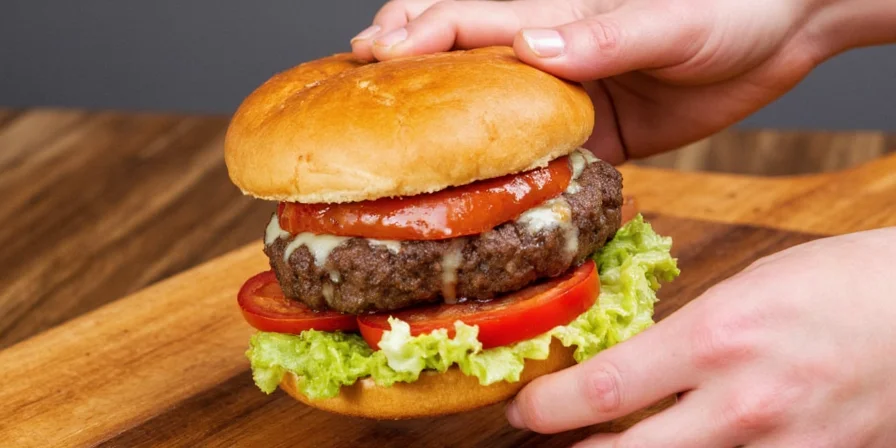
Spice Comparison Chart: Heat Levels and Flavor Profiles
Choose spices confidently with this flavor mapping system:
| Spice | Flavor Development Time | Optimal Heat Level | Beef Compatibility Score |
|---|---|---|---|
| Kosher Salt | 30-45 min | N/A | 10/10 |
| Black Pepper | Immediate | Medium-High | 9/10 |
| Smoked Paprika | 15 min | Low | 8/10 |
| Cayenne | 5 min | Extreme | 3/10 (use sparingly) |
| Fennel Seed | 20 min | Medium | 7/10 (best for Italian styles) |
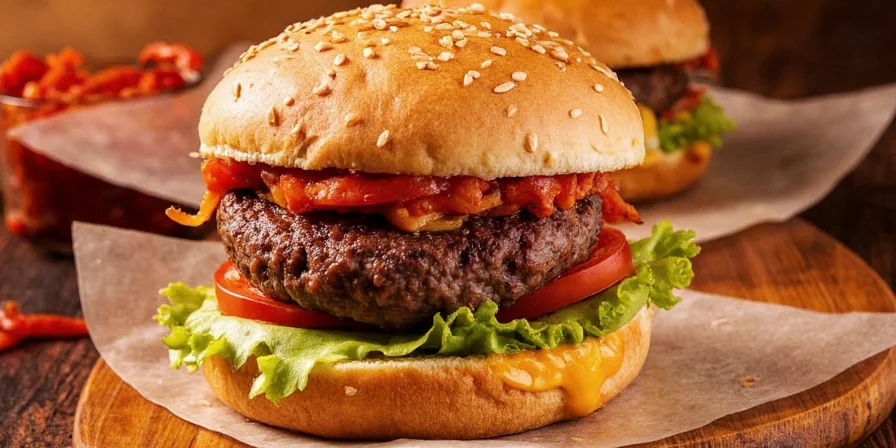
Final Flavor-Boosting Tips From Grill Masters
Implement these restaurant-tested techniques for perfect seasoning every time:
- The Salt Test: Dissolve 1 tsp salt in ¼ cup water—taste should be noticeably salty but not overwhelming (your target seasoning level)
- Pepper Freshness Check: Crush between fingers—if no aroma, replace immediately (loses potency in 3 months)
- Cast Iron Secret: Heat pan to 450°F+ before adding patties for instant crust formation without spice burning
- Temperature Rule: Never refrigerate seasoned patties—bring to room temp for even cooking
Professional chefs consistently achieve superior results by treating seasoning as a precise science rather than casual sprinkling. The exact timing, ratios, and application methods outlined here transform ordinary burgers through culinary chemistry—activating Maillard reactions while preserving moisture. Remember: perfect burger seasoning isn't about complexity, but precision in execution. Implement these evidence-based methods for consistently exceptional results.
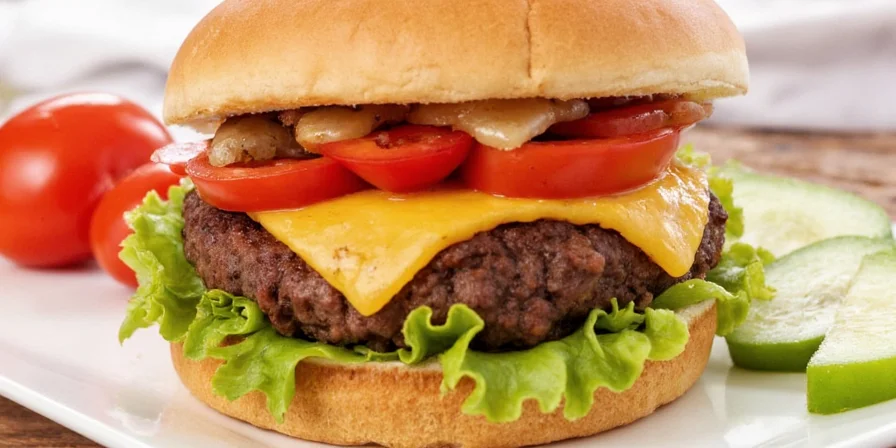
Frequently Asked Questions About Burger Seasoning
When is the best time to season burger patties?
For optimal results, season patties 30–45 minutes before cooking. This allows salt to penetrate the meat without drawing out excessive moisture, creating a flavorful crust while maintaining juiciness. Beef patties specifically benefit from this window—shorter timing reduces flavor development, longer causes moisture loss.
Can I use fresh garlic and onion instead of powdered forms?
While fresh garlic and onion add vibrant flavor, they burn during high-heat searing (>400°F) and create uneven seasoning. Powdered forms distribute evenly and withstand heat better, ensuring consistent flavor throughout the patty. For fresh ingredients, add them to burger toppings instead of the patty itself.
How do I prevent my spices from burning on the grill?
Apply spices after forming patties but before cooking. Avoid sugary spice blends for high-heat searing, as sugar caramelizes quickly and can burn. Maintain grill temperature below 450°F for spice-heavy blends, and never use direct flame contact during initial searing phase.
Are there spices I should avoid in burger seasoning?
Strong, singular flavors like curry powder or turmeric overwhelm beef's natural taste. Avoid pre-mixed seasonings with high sodium content to prevent oversalting. Also skip whole spices (like cumin seeds) that create uneven flavor pockets—always use ground forms for burgers.
How much seasoning should I use per pound of meat?
Start with 1 teaspoon of kosher salt per pound of meat as a baseline. For custom blends, use 1–1.5 teaspoons total seasoning per pound. Always perform the "salt water test" (dissolve in water) to verify proper concentration before applying to meat.

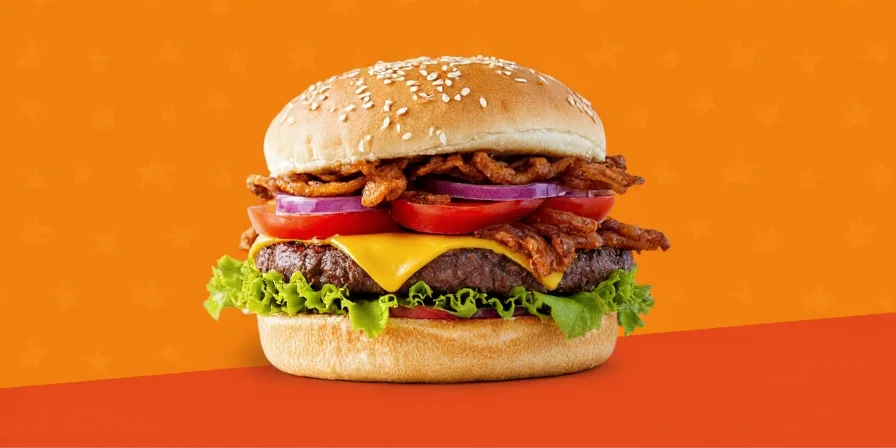









 浙公网安备
33010002000092号
浙公网安备
33010002000092号 浙B2-20120091-4
浙B2-20120091-4